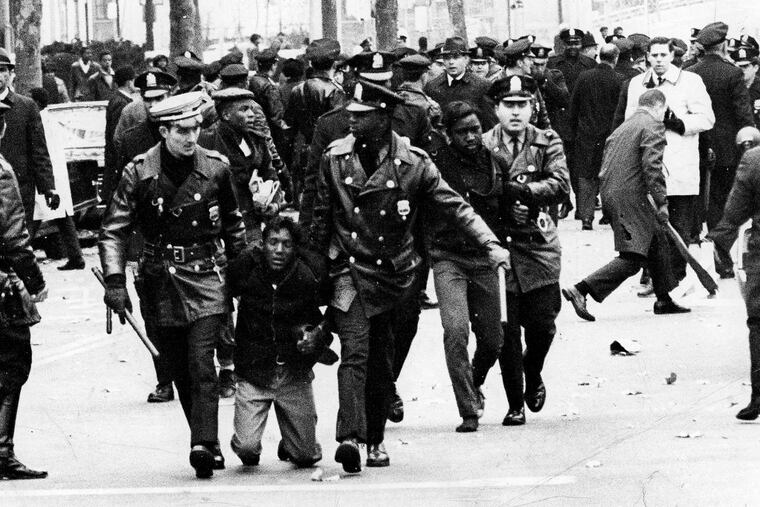These Philly schoolkids marched against injustice 50 years ago, and police responded with nightsticks. Today, they inspire a new generation
"The clubs were going in every direction," said an adult organizer of the walkout to bring reforms and more awareness of black students' concerns. Then-Police Commissioner Frank Rizzo ordered more than 100 men in full riot gear to charge students who had been largely peaceful. "The kids were helpless."
